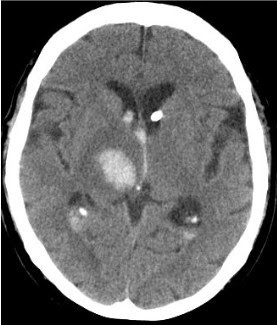The process of DNA replication is similar in eukaryotes and prokaryotes. The key steps involved in DNA replication are:
1. Unwinding of double stranded DNA (dsDNA) by helicase to produce single stranded DNA (ssDNA)
2. Formation of a replication fork
3. Formation of an RNA primer by the action of the enzyme primase
4. Synthesis and concurrent proofreading of daughter DNA strands by DNA polymerases
5. Ligation of Okazaki fragments on lagging strands by ligase and removal and replacement of RNA primers with DNA by DNA polymerase I
6. Reconstitution of chromatin and ligation of daughter strands.
In E. coil, a prokaryote, the three major types of DNA polymerase are DNA polymerase I, II and III. In eukaryotes there are five major DNA polymerases: alpha, beta, gamma, delta and epsilon. Though the eukaryotic genome is much larger and more complex than the prokaryotic genome, interestingly the size of the eukaryotic genome is not the source of its complexity. Its complexity results from the presence of a large number of non-coding DNA regions between coding regions. Within genes there are introns (Non-coding regions - Think “IN” between) separating exons (Coding regions - Think “EX” pressed). Prokaryotes rarely have introns within their genes.
In contrast to prokaryotes which typically have a single origin of replication eukaryotes have multiple origins of replication? With multiple origins of replication, the genome can be copied much more quickly because multiple regions are being replicated at once.




+(third+to+fourth)+and+(at+time+of+birth)of+pregnancy.png)








.png)

